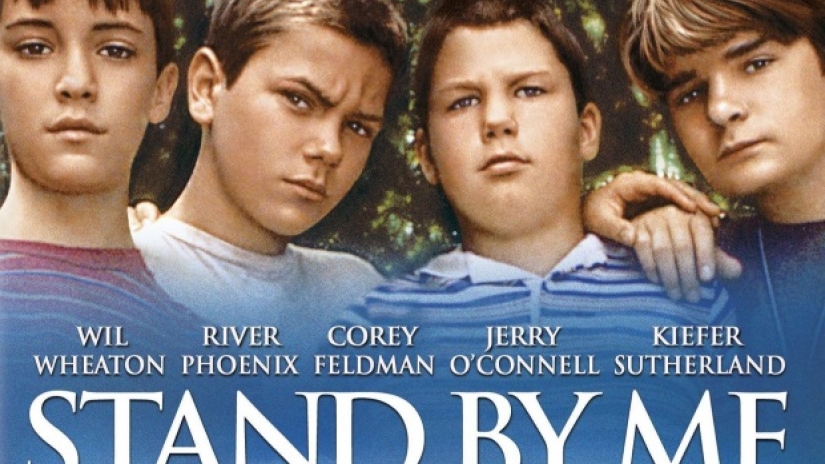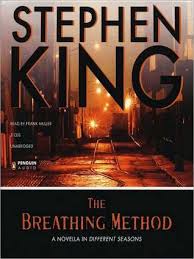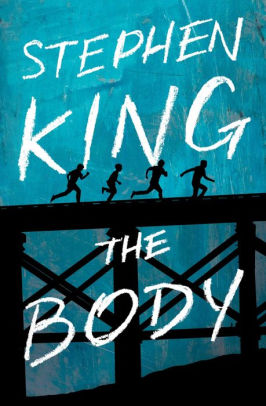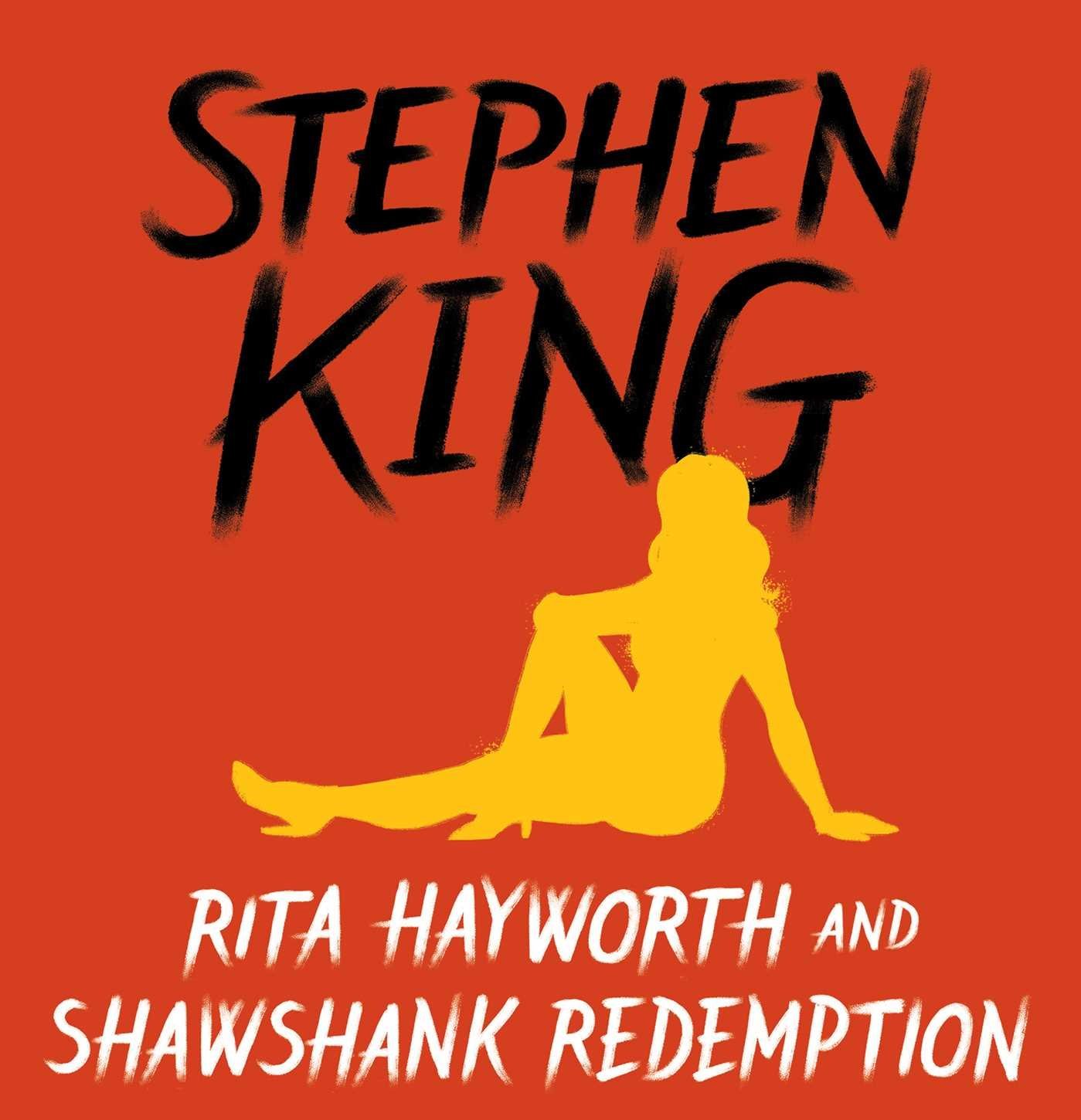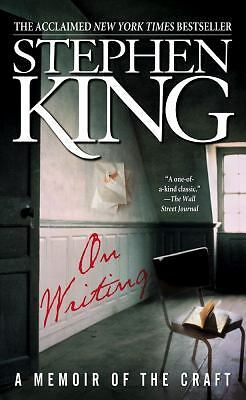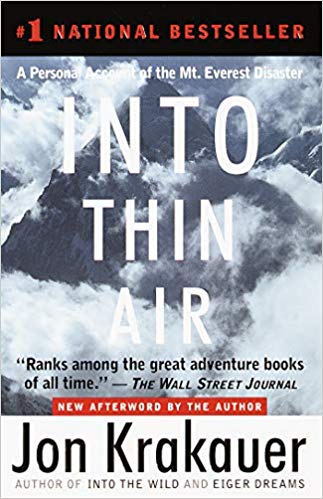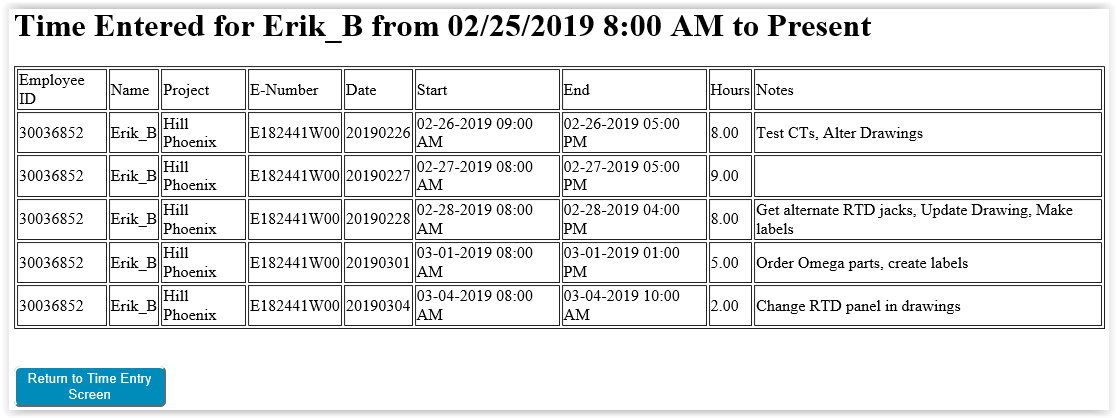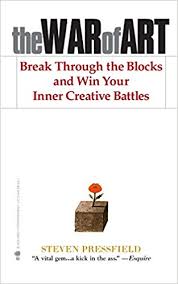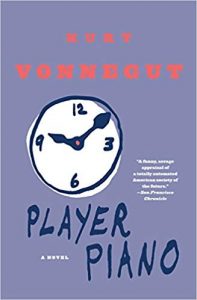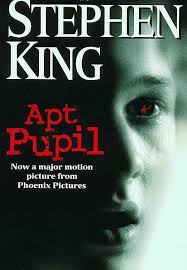
Apt pupil is another novella from Stephen King’s Different Season’s. The book contains four novellas, so I have now read all four. I was originally only planning on reading Shawshank Redemption and The Body because I saw both of their film adaptations and knew they did not seem likely to give me night terrors.
Apt Pupil definitely has its creepy moments, but I have come to realize that written descriptions are far more palatable than visual portrayals. The book centers around Todd. Todd is an all-American boy growing up in California. He has been blessed with above-average looks, maturity, and intelligence. Most would consider these traits blessings, but his intelligence and maturity seem to assist his decent into depravity. The book is set in the 1970’s when some of the most despicable former Nazi leaders from World War II are still scattered around the globe with false identities. Todd, an eighth grader at the start of the story, is fascinated with Nazis. His hobby is researching and learning about every detail of their gruesome experiments and mass killings. In doing research, he notices that Mr. Denker, an elderly man who lives in town, has a very strong resemblance to a former concentration camp officer by the name of Kurt Dussander. He gathers information until he is certain he has found the “blood fiend of Patin”. In the book, Patin is referred to as a Nazi concentration camp in Poland. Stephen King uses the name “Patin”, but it was presumably modeled after Mittelstein, which had a nearby aviation parts factory named “Patin” which likely utilized slave labor.
Todd pursuades Dussander to admit his true identity, and in exchange for Todd not revealing him to the world, forces Dussander to “entertain” him with death camp stories. Todd even buys Dussander an SS costume uniform and forces him to wear it. Eventually Dussander grows fond of the uniform and wears it when he has trouble sleeping. Dussander had long ago abandoned his former life when he meets Todd. Over the course of a few years, Todd re-awakens the “Nazi” in Dussander who begins murdering local winos he lures into his home with promises of a hot meal and a shower. Despite appearing to be a model student-athlete by the end of high school, Todd also becomes corrupted and takes up similar behavior.
One night Dussander has a heart attack while digging a grave in his crawlspace. He calls Todd for help cleaning up his crime scene. Dussander is admitted into the local hospital where he shares a room with a patient that has just broken his back falling from a ladder. The broken back, represents the final straw in a man’s life that has seen most of his family taken from him earlier in his and life has taken away his belief in God. The patient is soon revealed to be a former Patin prisoner. He sees that God acts in very mysterious ways, recognizes Dussander, and contacts the authorities. Dussander, knowing he has been discovered, makes his way to the hospital’s drug supply and poisons himself.
Todd is a very smart boy, but the detective handling the Dussander case is able to connect the dots. He knows that Todd knew who Dussander was and suspects that Todd participated in some of the local murders. In the end, Todd, the charming, all-American, salutatorian überkind, goes berserk with his rifle until he is killed by police.
I very much enjoyed all of the novellas in Different Seasons. I am, however, going to switch to something a little more light-hearted for my next book. I have started on Kurt Vonnegut’s Hocus Pocus. I believe Kurt Vonnegut is my favorite author. In the appendix of Stephen King’s On Writing, there is a section on recommended books. Hocus Pocus is one of them.

